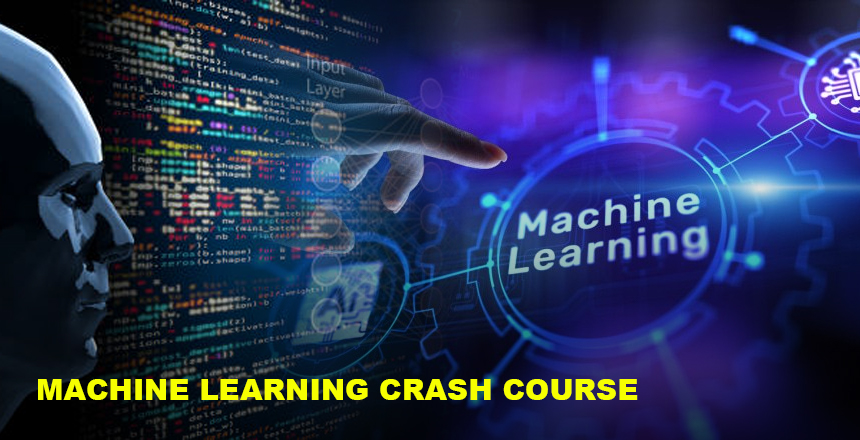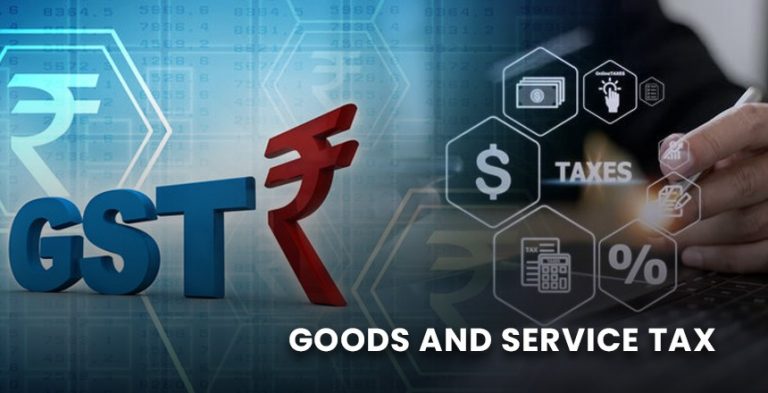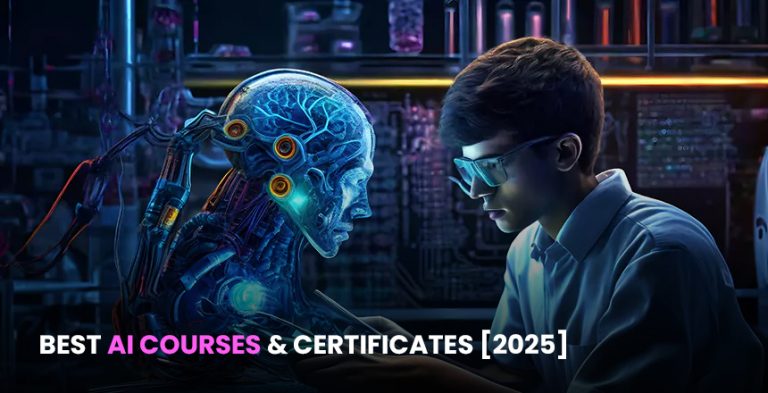The technology of machine learning has evolved from being a passing buzzword to become the driving force that executes recommendation systems on Netflix and operates both self-driving cars while powering Siri and Alexa functions. Businesses make more data-based choices through machine learning so this technology has emerged as the top skill demand in contemporary tech industries. People from student circles and developer fields and working professionals who seek expertise upgrades can start their Machine Learning journey through crash course programs.
The following piece provides details on machine learning crash course content while explaining the benefits of enrollment along with strategies to select an optimal program.
What is Machine Learning?
- A section of artificial intelligence (AI) is machine learning, which enables systems to learn from past data and adjust themselves for the future without explicit programming. Simply put, machine learning allows computers to make predictions or decisions based on data. There are three major types:
- Supervised learning—Algorithms learn from labeled data (e.g., predicting house prices based on features).
- Unsupervised learning—Algorithms attempt to pinpoint hidden patterns within unlabeled data (e.g., customer segmentation).
- Reinforcement learning—Algorithms learn to perform tasks by reasoning on how they are rewarded or punished after interacting within an environment (e.g., training a robot to walk).
Why Take Crash Course in Machine Learning?
- A crash course is best suited for a candidate who wants a good base within a limited time. Following are the game-changing points:
- Quick Learning Curve—A heaven for time-pressed candidates, many crash courses can even be completed over a weekend or at most in a week.
- Practical Skills—Crash courses impart mainly hands-on projects and real-world applications.
- Great Career Booster—Learning ML opens doors to earn high-paying jobs in data science, AI, and analytics.
- Accessible—Most of the crash courses do not require advanced knowledge of Python or math.
What You Will Learn in a Machine Learning Crash Course
While the precise curriculum can differ in each particular instance, most ML crash courses cover the following key topics:
1. Introduction to Machine Learning Concepts
- What is ML?
- Difference between AI, ML, and Deep Learning
- Types of ML algorithms
2. Mathematics for Machine Learning
- Basic Linear Algebra
- Probability and Statistics
- Understanding cost functions and gradient descent
3. Python Programming for ML
- Numpy, Pandas, Matplotlib
- Cleaning and preprocessing data
- Loading datasets (scikit-learn example)
4. Supervised Learning Techniques
- Linear Regression
- Logistic Regression
- Decision Trees and Random Forests
- Support Vector Machines (SVMs)
5. Unsupervised Learning Techniques
- K-Means Clustering
- Principal Component Analysis (PCA)
- Anomaly Detection
6. Model Evaluation and Tuning
- Overfitting vs Under-Fitting
- Cross Validation
- Tuning Hyperparameters
- Confusion Matrix, ROC curves, etc.
7. Project Work
Most courses end with a capstone project, say building a spam classifier or predicting housing prices, to provide a concrete application of whatever concepts you have learned.
Top Machine Learning Crash Courses (Online)
If you’re inclined to dive into it, the following are some of the best ML crash courses provided online:
1. Google Machine Learning Crash Course
- Platform: developers.google.com
- Duration: 15 hours
- Highlights: Interactive lessons, real-world case studies, and exercise with TensorFlow.
2. Coursera: Machine Learning by Andrew Ng
- Platform: Coursera, offered by Stanford University
- Duration: 11 weeks (can be fast-tracked)
- Highlights: Classic ML course, theory-practice combination, uses Octave/MATLAB.
3. Udemy: Machine Learning A-Z™
- Platform: Udemy
- Duration: 40+ hours (with separate modules for crash course)
- Highlights: Project-based: lots of hands-on work using Python & R; lifetime access.
4. Fast.ai Practical Deep Learning for Coders
- Platform: fast.ai
- Duration: Self-paced
- Highlights: Focus on getting results fast, minimal math, for the developer.
5. Tactics to Succeed in a Crash Course
- Study Up on Python: Basic functionality entails knowing functions, loops, arrays, and dictionaries. Basic stuff.
- Acknowledge Basic Math: Linear algebra, calculus, and statistics are the foundation of ML algorithms.
- Be Permanent: Even a crash course requires great discipline. Try to spare some time every day.
- Do Exercises: Application makes you learn more. You learn when you implement.
- Implement Your Own Mini-project: A small project will confer a sense of accomplishment and serve as a worthy addition to your portfolio.
What Comes After a Crash Course?
- After you finish a crash course, consider the next stage into really honing your ML skills:
- Join specialized courses in the likes of deep learning, NLP, and even computer vision.
- Join Kaggle to work with real datasets and compete in challenges.
- Read research papers or follow ML blogs to stay updated.
- Build a portfolio on GitHub with projects that showcase your skills.
Conclusion
Crash courses in machine learning are one of the few powerful first steps into an AI and data science career. It reduces complex concepts into easy lessons while equipping you with practical tools for building intelligent systems. At this point, you could be a seasoned coder interested in moving towards data science or a curious learner simply trying to remain relevant in this ever-evolving world of technology as a smart investment of your time, but crash courses in machine learning might just be that.
So, what’s holding you back? Start with a course and get to work as the algorithms learn with you!








